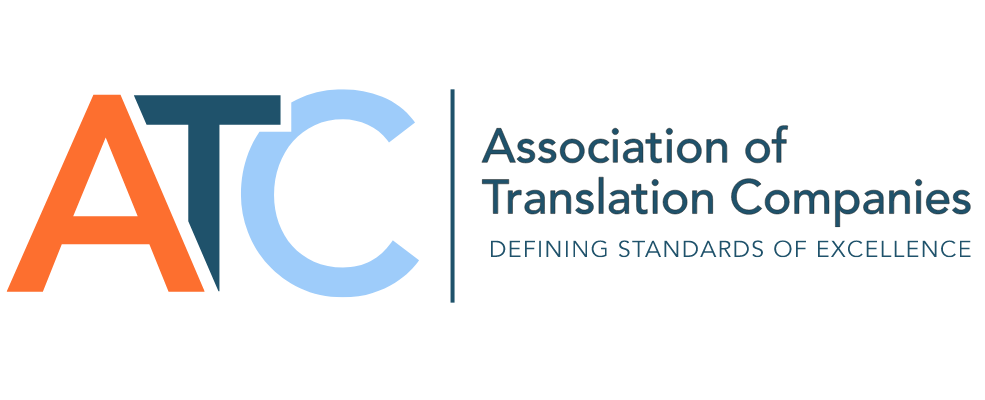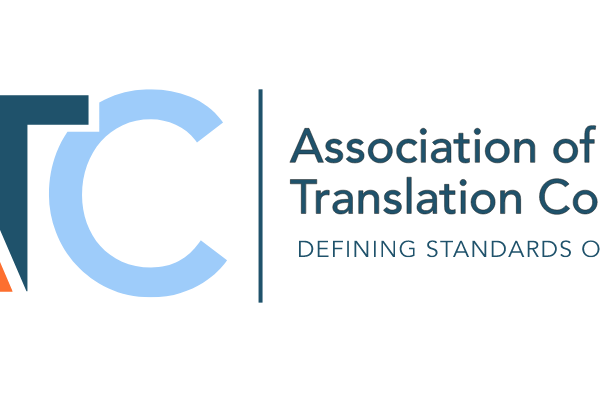The European Accessibility Act marked a turning point in how services are designed and delivered…

Global desktop publishing (DTP) continues to play a central role in multilingual communication. Valued at around US $8 billion in 2024, it’s expected to grow by 4–5 % annually over the next five years, driven by increasing demand for multilingual, multimedia, and multi-channel content across industries.
For language service companies, DTP remains not just a finishing step in localisation but a vital bridge between accurate translation and effective global communication. As technology evolves, LSCs that collaborate closely with specialist DTP providers can deliver more efficient, compliant and visually consistent results across languages, markets and platforms.
Regulated, Educational, and Marketing Sectors Leading the Demand
Certain industries continue to rely heavily on multilingual DTP to meet stringent requirements or deliver global impact.
- Regulated industries such as life sciences, pharmaceutical manufacturing and financial services require precise formatting, compliance with multilingual standards, and accuracy in complex documentation from product labelling to investor communications.
- E-learning and training have surged in demand with the growth of remote and hybrid work models. Organisations now produce multilingual training modules, interactive slides and multimedia content, calling for DTP teams that can manage both language and layout consistency across multiple assets.
- Global marketing and brand expansion across regions such as APAC, LATAM and the Middle East depend on DTP to localise campaigns, brochures and digital assets ensuring visuals remain on-brand, regardless of language or script.
Where DTP Remains Indispensable
While automation and AI are changing the landscape, expert human DTP remains irreplaceable in certain contexts:
- Complex scripts: Complex scripts including Arabic, right-to-left languages, CJK (Chinese, Japanese, Korean) and Indic scripts require specialised knowledge that automated layout tools cannot yet reliably handle.
- Legacy formats and accessibility: Many organisations still manage scanned PDFs, older software, print deliverables and accessibility-tagged PDFs (WCAG/Section 508 compliance). These require bespoke workflows and meticulous quality control.
- High-volume, multilingual rollouts: Global product or brand launches demand rapid turnaround across dozens of languages and file types, where DTP ensures not just linguistic accuracy but consistent structure, readability and brand presentation.
Emerging Solutions and Services
As technology advances, DTP workflows are evolving to become more agile and collaborative:
- AI-assisted processes are helping teams with layout detection, automatic font fallback and image alignment speeding up early-stage prep while maintaining human oversight for precision.
- Cloud-based collaboration allows DTP specialists, translators and project managers across time zones to edit, proof and deliver efficiently in real time.
- Accessibility and multi-channel publishing are becoming standard practice. DTP now extends beyond static PDFs to interactive e-learning materials, mobile-ready layouts and accessible digital publications.
Strengthening Collaboration Between LSCs and Tech Specialists
For LSCs, the growing range of different language technology solutions and the sophistication of DTP presents both a challenge and an opportunity. By forming strategic partnerships with specialist providers, language companies can scale their offerings and strengthen quality assurance across digital and print deliverables. For DTP solutions, key considerations include:
- Integrating DTP early in project planning to avoid last-minute layout complications, reduce costs and safeguard deadlines.
- Partnering with providers who manage the full workflow from multilingual formatting and layout design to quality control and delivery.
- Selecting specialists with proven expertise in complex scripts, accessibility standards and cross-platform publishing.
- Recognising DTP as a strategic function, not a cost centre. Effective multilingual layout ensures brand integrity, compliance and readability crucial components of successful localisation.
Building the Future of Language Technology Collaboration
The modern DTP landscape reflects a broader shift across the language industry – one where collaboration between LSCs and technology partners enables the delivery of end-to-end multilingual communication solutions.
For DTP, the ATC’s Technology Partner DTP Labs offers solutions where technical precision, linguistic excellence and visual impact work hand in hand.
